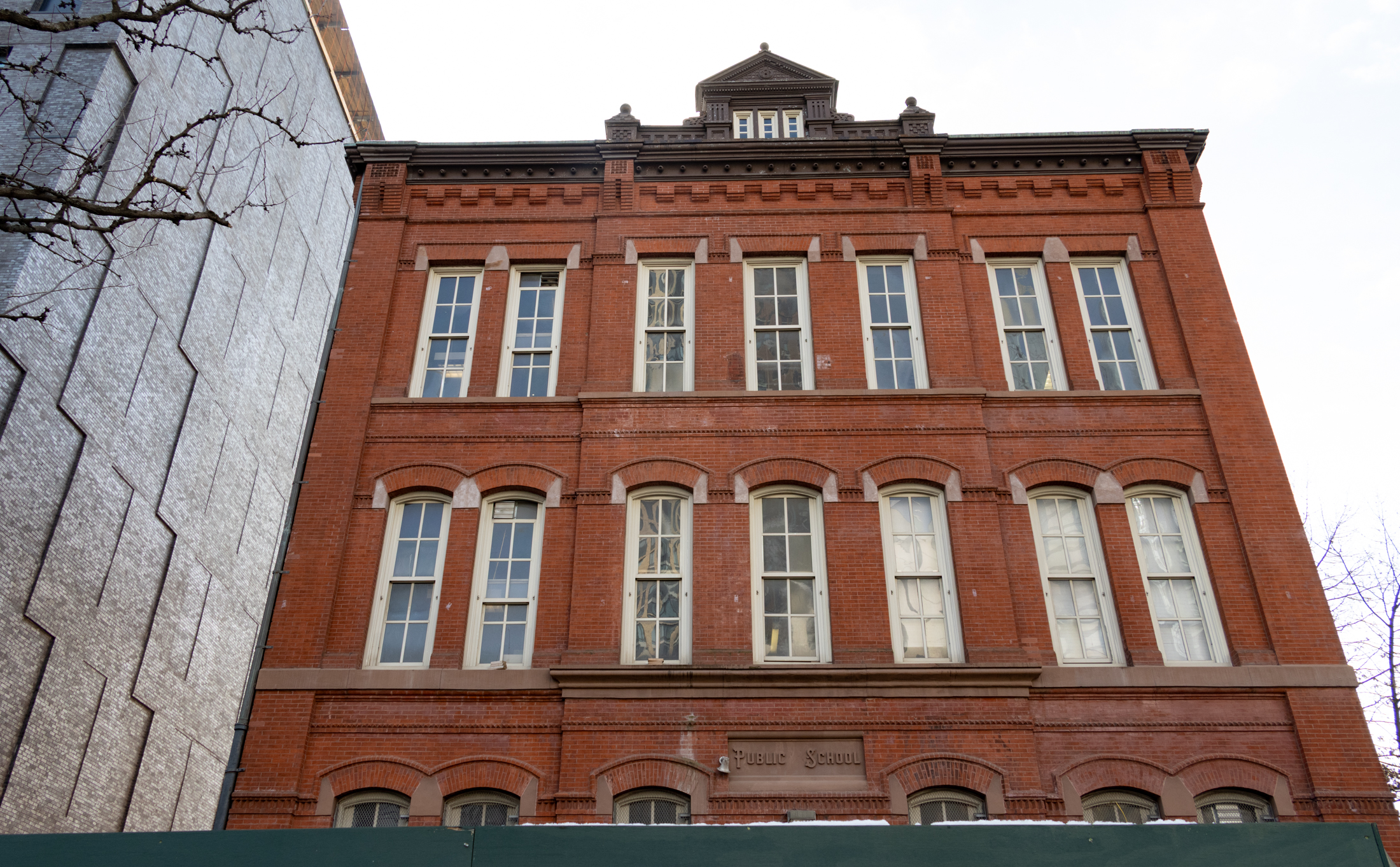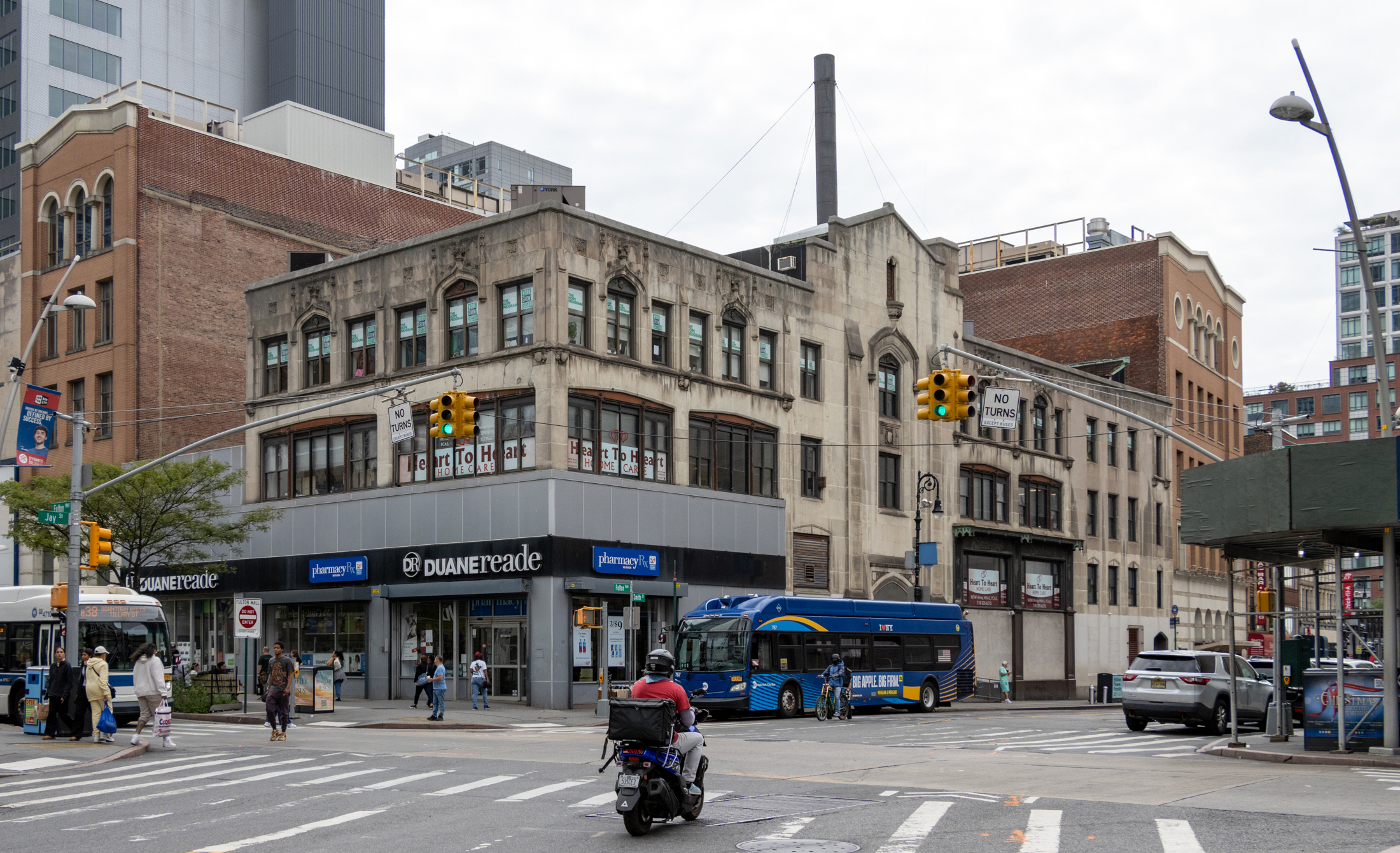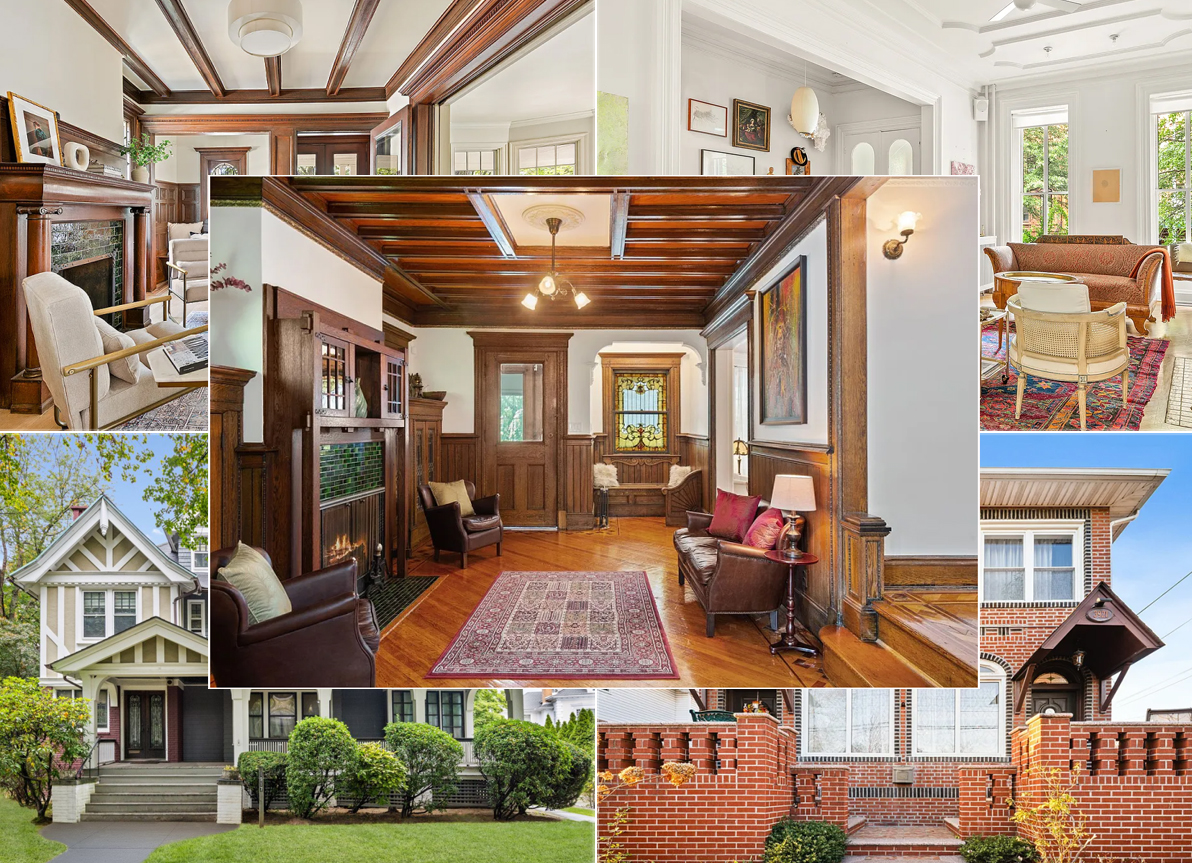Fantastic 4th? Eh, We'll See
We think the upzoning of Fourth Avenue made a lot of sense, especially in the context of preserving the brownstone blocks near it. But if the Novo at 343 4th Avenue is any indication of what’s to come, this won’t exactly be a boulevard of beauty (unless your idea of beauty is early-80’s Holiday Inn…


We think the upzoning of Fourth Avenue made a lot of sense, especially in the context of preserving the brownstone blocks near it. But if the Novo at 343 4th Avenue is any indication of what’s to come, this won’t exactly be a boulevard of beauty (unless your idea of beauty is early-80’s Holiday Inn chic). Luckily for developers, though, looks don’t matter too much when it comes to selling condos in this part of town, if one is believe the account in today’s NY Post about the demand for units in the Boymelgreen building:
“It was crazy,” says Dave Bell, one of those who waited on line the first afternoon and made a bid. “I actually didn’t get [an apartment] at first … I called my broker that night and told her I wanted it and to make an offer, but someone had already gotten it. But I decided to put my name on the waiting list.” Three weeks later – after the first offers had fallen through – Bell’s offer was accepted.
Then again, with one bedrooms available in the low-$300’s, buyers were perhaps willing to compromise on design.
 According to the same article, The Crest at 302 Second Street (right, top), sold eight (of 68) units in the first day on the market last weekend. Prices here start at $354,000 for a one bedroom. The Post includes a list of some other projects in the pipeline: The 49-unit Park Slope Court at 110 Fourth Avenue; 255 Fourth Ave., a 41-unit boutique Scarano Architects and Developers Group project at Carroll Street; The Argyle, 410 Fourth Avenue, at Seventh Street, a 12-story, 54-unit condo; and 500 Fourth Avenue, at 12th Street, a 137-unit, 12-story luxury building. And don’t forget the Andres Escobar-designed boutique hotel (right, bottom) on the west side of the street. Even the Fifth Avenue Committee is now located on Fourth Avenue! Columbia Prof and New York history expert Kenneth Jackson has a theory: “What you’re seeing is a move towards the water,” he told The Post.” “It used to be that people were always afraid to get too far down the hill. Now, it’s, ‘How can I get to work?'”
According to the same article, The Crest at 302 Second Street (right, top), sold eight (of 68) units in the first day on the market last weekend. Prices here start at $354,000 for a one bedroom. The Post includes a list of some other projects in the pipeline: The 49-unit Park Slope Court at 110 Fourth Avenue; 255 Fourth Ave., a 41-unit boutique Scarano Architects and Developers Group project at Carroll Street; The Argyle, 410 Fourth Avenue, at Seventh Street, a 12-story, 54-unit condo; and 500 Fourth Avenue, at 12th Street, a 137-unit, 12-story luxury building. And don’t forget the Andres Escobar-designed boutique hotel (right, bottom) on the west side of the street. Even the Fifth Avenue Committee is now located on Fourth Avenue! Columbia Prof and New York history expert Kenneth Jackson has a theory: “What you’re seeing is a move towards the water,” he told The Post.” “It used to be that people were always afraid to get too far down the hill. Now, it’s, ‘How can I get to work?'”
Fantastic 4th [NY Post]





brownstones were definitely the tract houses of their day. The “McMansions” which the elite disparaged as being all the same and lacking in the romantic pictureque quality of towns and cities in Europe.
The brownstone itself was the worst possible building material, cheap and soft and therefore easy to carve, it was put up as thin veneer over brick walls and started to spall and fail very soon afer the housesere finished. Most of the brownstone used in speculatice rowhouse tracts was meant for railroad embakments and such, it was not architectural quality. We are still paying for those mistakes today.
Sorry, 4:23, but you are wrong. Brownstone/rowhouses were the tract houses of their day. Most of them were built by developers, and sold after or during construction. Granted, some were marketed for the wealthy, but most of the smaller, less ornate, both inside and out, were specifically marketed to the middle class. Features we find very upmarket today, such as wood mouldings and fireplaces were necessary and/or construction norms of their day. Compare the features in a grand home, like some in Bklyn Hts, to the more modest homes in a place like Sunset Park, and it’s easy to see that they were aiming for very different markets, and very different price points.
To an earlier poster’s point, I live on the SOUTH side of 5th Street between 5th Avenue and 4th Avenue (address 32[x] 5th Street) and I’m zoned for 321.
See this official NY Dept. of education link and enter a 32x, with x = 0 to 8 and you’ll see that those houses on the south side of 5th street between 5th Avenue and 4th Avenue are zoned 321.
http://maps.nycboe.net/
These development, albeit somewhat unattractive – hold huge potential for upgrading 4th avenue from a arterial slum into an actual residential boulevard.
All those complaining about the density – most of these developments are and will be at price points middle income new yorkers can afford. This is a great example of an up-zoning having a positive effect on the entire borough. Additionally, there will be increased demand in the Gowanus Canal region as more development goes up along 4th. That means toxic abatement and environmental cleanup benefiting all New Yorkers.
you never cease to amaze me with your stupidity, WT economist.
brownstones were built for the wealthy. they were not tract homes.
do some research before you spew out the garbage that most of your comments typically include.
PS321 Zoning
http://insideschools.org/fs/school_profile.php?id=450#zone
Typical, as opposed to unique, buildings look good in context. If we end up with a row of Novo Park Slopes from Pacific down to 60th Street, in 50 years the architecture snobs will want to landmark it.
Brownstones were the tract houses of their day, and those bowfront brick Calder houses were the tract houses of THEIR day. Most NYC schools were built on variations to standard plans. The fact that “architecture” and consultants are not expected is one reason we can no longer afford new ones.
2:31 ….thanks for the clarification. on a different note, I hope the development on 4th would increase foot traffic on 5th ave. As an owner of commercial space on 5th it would be great for all buisnesses on the avenue.
pharmd: Because you are between 5th and 6th Street (if you are next door to Perch), you are not zoned for 321. You are south of 5th Street. Only the north side of 5th Street is zoned 321. Make sense? The boundary goes straight down the middle of 5th St.
I think your confusion comes from the Post article, which incorrectly states that the Novo is between 5th and 6th Streets. It is not; it is between 4th and 5th Streets.